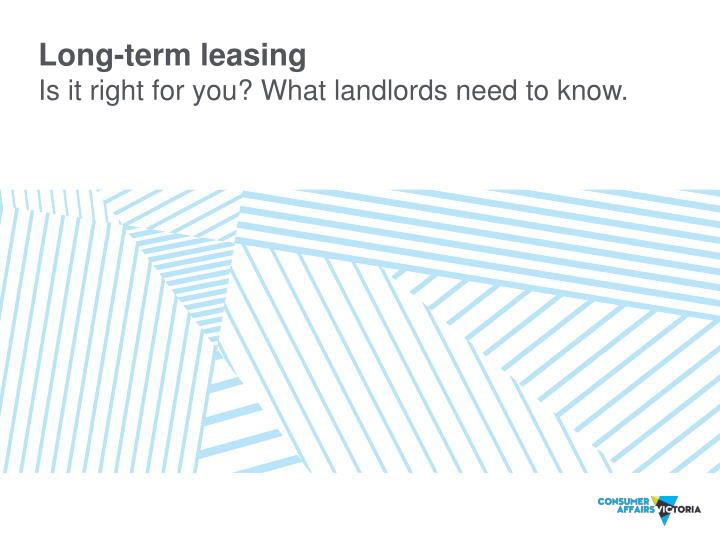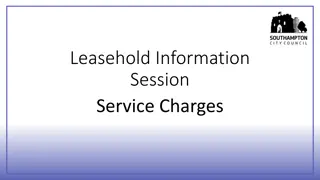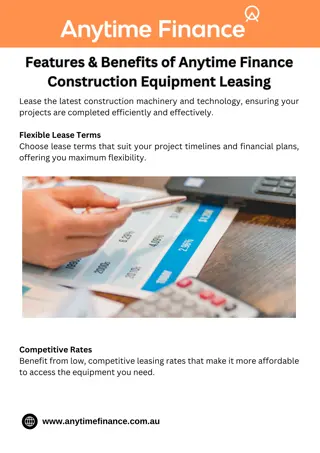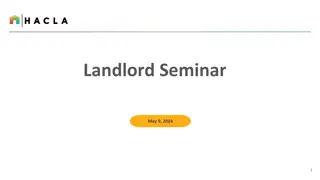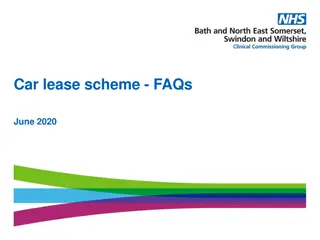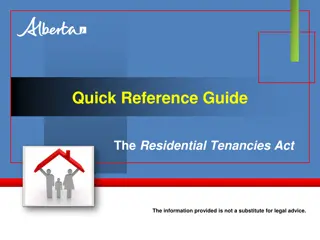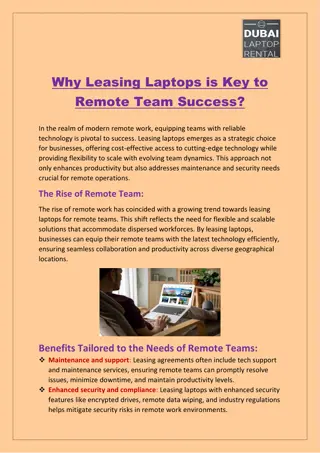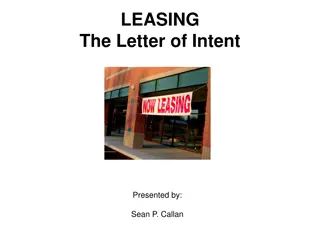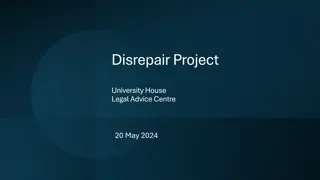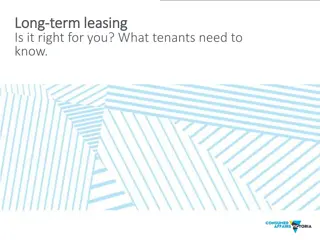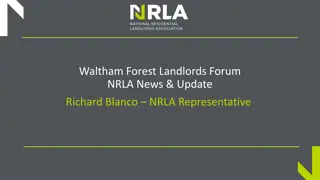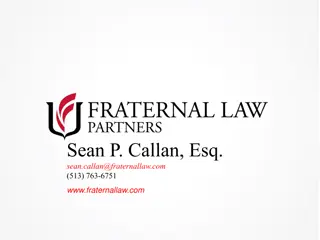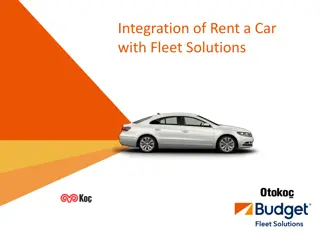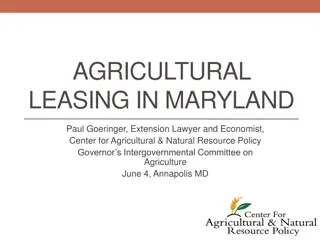A Comprehensive Guide to Long-Term Leasing for Landlords
Exploring Long-Term Leasing (LTL) as a new option in the Victorian housing market, this guide covers what LTL is, what it entails, how to start and end an LTL agreement, and what is covered under such leases. With a focus on providing stability and certainty for both landlords and tenants, this guide delves into the benefits and considerations associated with long-term leasing arrangements.
Download Presentation

Please find below an Image/Link to download the presentation.
The content on the website is provided AS IS for your information and personal use only. It may not be sold, licensed, or shared on other websites without obtaining consent from the author.If you encounter any issues during the download, it is possible that the publisher has removed the file from their server.
You are allowed to download the files provided on this website for personal or commercial use, subject to the condition that they are used lawfully. All files are the property of their respective owners.
The content on the website is provided AS IS for your information and personal use only. It may not be sold, licensed, or shared on other websites without obtaining consent from the author.
E N D
Presentation Transcript
Long-term leasing Is it right for you? What landlords need to know.
Summary of content What is a long-term lease (LTL) What is covered under LTL Ending an LTL different scenarios Starting an LTL More info
What is a LTL? LTL is a new option to address the current needs of the Victorian housing market, in addition to current lease agreements of fewer than five years. In Australia, more than one in five tenants have been renting the same property for more than five years. The new LTL option seeks to formalise this arrangement between tenant and landlord.
What is an LTL? (continued) LTL is for landlords and tenants who want to have the option of a tailored lease agreement of more than five years. It is a voluntary option both landlords and tenants can decide if LTL is for them and their circumstances, if it suits. LTL agreements must be in writing and can be on Consumer Affairs Victoria s prescribed agreement Form 1 (the existing agreement form) or the new agreement Form 2. LTL creates security, stability and certainty for both tenants and landlords. It may be a good option for landlords who want a steady income stream, not planning to move into the investment property for the next five years or longer, or already have a reliable tenant.
What is covered under LTL? Rental bonds: For LTLs with five or more years left on lease, the landlord can ask the tenant for a top-up after five years, after giving 120 days written notice. Rent increases: Rent increases (if any) can only occur once in 12 months. Frequency and amounts can be pre-agreed between tenant and landlord. Property modifications: The landlord and tenant can agree on certain modifications upfront and include these in the LTL. Inspections: The landlord can inspect the property once every 12 months by giving 14 days written notice. Breach of duty: Either the landlord or tenant can apply to the Victorian Civil and Administrative (VCAT) for compliance order after 1 Breach or enforce a term in an LTL.
Ending an LTL different scenarios An LTL can end by mutual agreement in writing between tenant and landlord. Hardship grounds: The landlord or tenant can apply to VCAT to end the lease early. Landlord selling property: The landlord and tenant can mutually agree to end the lease early for property to sell without tenants or the new owner can take over the LTL. Landlord moving into property: The landlord must give the tenant 60 days notice to vacate, unless the tenant agrees to end lease early. Break lease: The landlord can ask the tenant to pay one month s rent for every full year remaining on LTL, capped at a maximum of six month s rent. Other costs (e.g. reletting fees) may apply. No specified reason.
Starting an LTL Switch from a short-term lease with your current tenant. Search for interested tenants via rent.com.au List your property on rent.com.au
More info Understand what LTL is, if it is right for you and how to get one via consumer.vic.gov.au/LTL. Consider seeking legal advice before signing an LTL.
